 “If you have a garden and a library, you have everything you need.” – Marcus Tillius Cicero, Ad Familiares IX, 4, to Varro. Cicero's writings nudged on the Renaissance and have had a lasting impact on politics, literature, oration and philosophy, influencing Enlightenment philosophers such as John Lock, David Hume and Montesquieu, as well as Thomas Jefferson and many of our American founders. Cicero was born in 106 B.C. and although he worked with Mark Antony to overthrow Julius Caesar and return to a traditional Republic form of government, after Caesar's death he engaged in a power struggle with Mark Antony, attacking him in a series of speeches and subsequently was declared an enemy of the state and murdered in 43 B.C. Some of his best loved quotes:- “History is the witness that testifies to the passing of time; it illumines reality, vitalizes memory, provides guidance in daily life and brings us tidings of antiquity.” “What then is freedom? The power to live as one wishes.” “The more laws, the less justice.” “Liberty consists in the power of doing that which is permitted by the law.” “The enemy is within the gates; it is with our own luxury, our own folly, our own criminality that we have to contend.” “Nothing is more unreliable than the populace, nothing more obscure than human intentions, nothing more deceptive than the whole electoral system.” “In a republic this rule ought to be observed: that the majority should not have the predominant power.” "True nobility is exempt from fear.” "A room without books is like a body without a soul.”  A heartbreaking day - the 15 year old English boxwoods (Buxus sempervirens 'Suffruticosa') that line the front path are showing clear signs of blight. It's going to be a long weekend covering them with black plastic bags, digging them out and cleaning up all fallen leaves. I'm hoping to prune out diseased looking foliage on other boxwood not in this immediate row and try and salvage some. I'm trying to think of it as a planting opportunity and not just a sad disaster for the front garden. Much as I love English boxwood my days of planting them are over until they have found a blight cure. 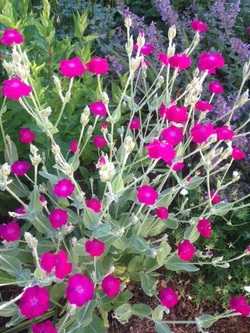 Many thanks to Thom Mrazik for this shot, and the note that it was recorded in Thomas Jefferson's garden journal. I miss having Lychnis coronaria in my garden. A wonderful short-lived perennial that will readily self-seed if allowed. Its fuzzy gray leaves are a great contrast to the brilliant magenta flowers. The world's largest selection of Cretan terra-cotta pots. Architectural Plants nursery in Horsham is a fabulous - and fabulously expensive - specialist in plants that are shapely and exotic, the home of the interesting, unusual, quirky and bizarre. Large and small specimen pants both tropical and jungly jostle with Japanese and European Topiary, hardy palms, bananas, bamboos, plants for screening, and a range of rare evergreen trees. The call themselves the antidote to Garden Centers and are the winners of numerous awards for their innovative approach and high level of presentation. 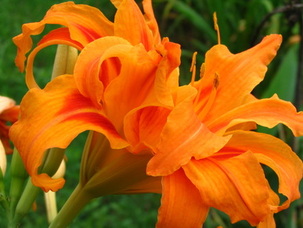 The first official day of summer is still to come but the past couple of sweltering days have felt like August. In Pennsylvania orange daylilies always seem to be in bloom on the first day of summer. Their genus name is Hemerocallis, or 'beautiful for a day,' named both for their beauty and because each bloom only lasts from dawn to nightfall, to be succeeded by the next day's blossom. Established clumps bloom vigorously for weeks and weeks. The daylily is a monocot related to Orchids, Hostas and Grasses. They were originally thought to be in the the Lily family (Liliaceae) but are now placed in their own family Hemerocallidaceae and are in the genus Hemerocallis. Although they're sometimes thought of a native wild flower (and a somewhat invasive one), they are actually a long-ago transplant from Asia. Daylily species were recorded centuries ago in Manchuria, Mongolia, Northern India as well as throughout China, Japan and Korea. In their natural habitat they are found in swamps, seashore meadows, forests edges and on mountains up to 10,000 feet. They spread to Western Europe in the middle ages and were brought to North America by early English settlers in the early eighteenth century. By the late nineteenth century they had become ubiquitous in the US and were given a myriad of common dames from Tiger Lilies, Railroad Lilies, Roadside Lilies, and even Outhouse Lilies. While there was some hybridizing of daylilies in the early 1900's however it wasn't until a Dr Stout began hybridizing and identifying the species in the 1930's that they really took off. Today they are almost as popular as roses, and the 20 original cultivars have grown to over 45,000 recorded varieties. Both the buds and the blossoms of day lilies are edible. It's best to choose smallish buds that are just beginning to open and cook them as you would fresh beans -- either steamed or sauteed in olive oil and added chilled to salads or served hot as a side dish. Daylily buds will keep in the refrigerator for several days, but the flowers are more delicate and should be consumed the same day they are picked. You can add the petals to egg dishes, soups and salads, or dip whole flowers in batter and deep-fry them as you would squash blossoms. |
Archives
August 2017
|
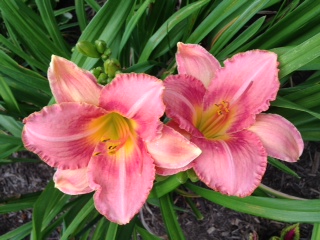
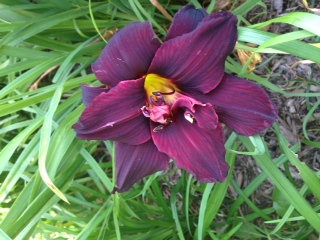
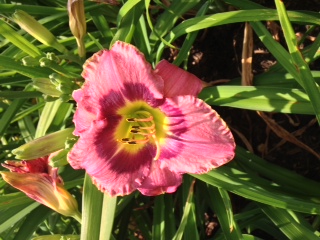
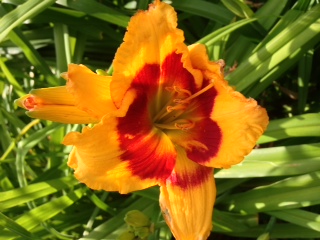
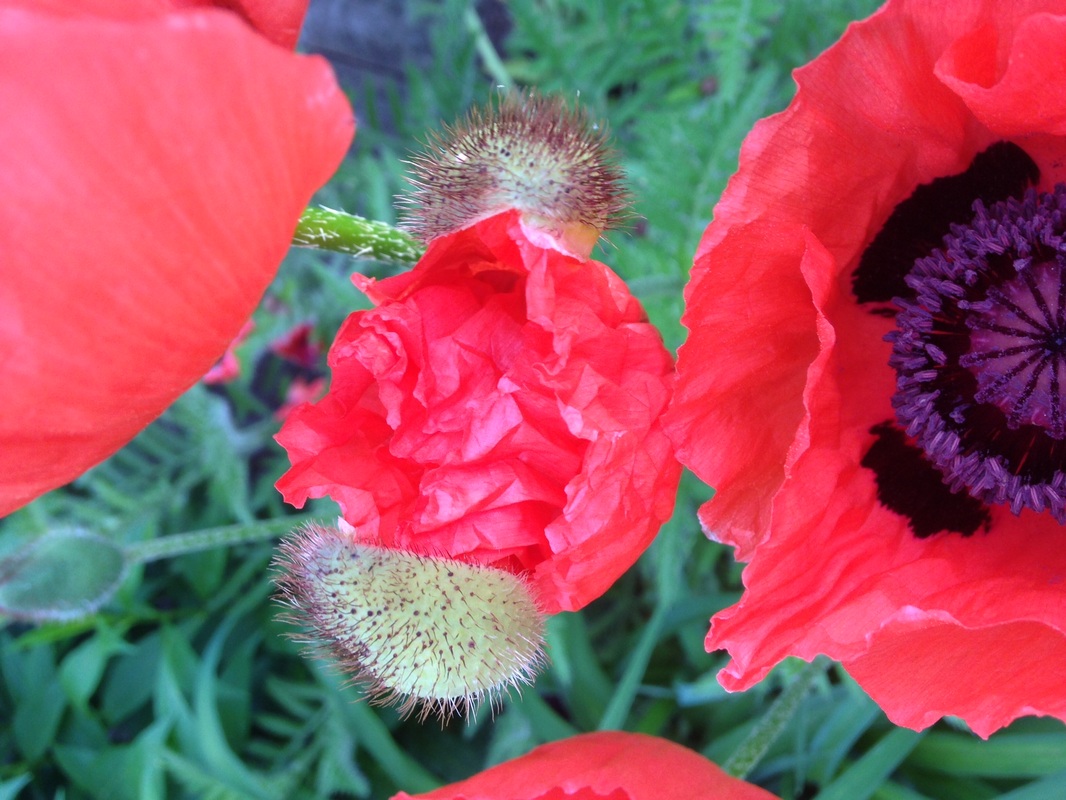
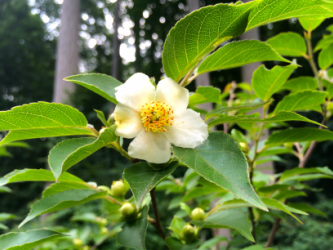
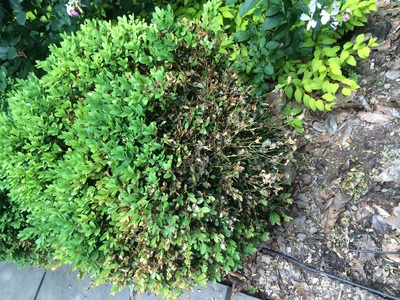


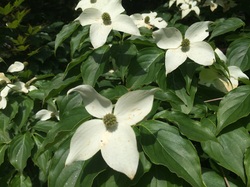
 RSS Feed
RSS Feed
